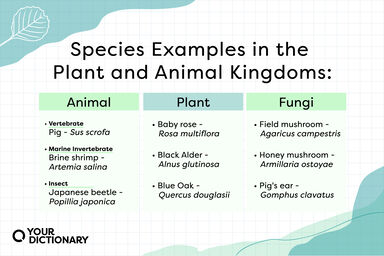In Colorado and New Mexico Marsh has detected bones of Meleagris, Puffinus, Sula and Uria, all existing genera; but the first is especially suggestive, since it is one of the most characteristic forms of the New World.
But even Linnaeus could not clear himself of the confusion, and unhappily misapplied the name Meleagris, undeniably belonging to the guinea-fowl, as the generic term for what we now know as the turkey, adding thereto as its specific designation the word gallopavo, taken from the Gallopava of C. Gesner, who, though not wholly free from error, was less mistakep than some of his contemporaries and even successors.'
The genus Meleagris is considered to enter into the family Phasianidae, in which it forms a subfamily Meleagrinae, peculiar to North and Central America.
It does not seem to have been commonly known till the middle of the 16th century, when John Caius sent a description and figure, with the name Gallus Mauritanus, to Gesner, who published both in his Paralipomena in 1555, and in the same year Belon also gave a notice and woodcut under the name of Poulle de la Guinee; but while the former authors properly referred their bird to the ancient Meleagris, the latter confounded the Meleagris and the turkey.
The ordinary guinea fowl of the poultry-yard (see also Poultry And Poultry-Farming) is the Numida meleagris of ornithologists.
